This article was published in the 185th issue of The Universe Space Tech magazine. Its author is Mykhailo Lashko, PhD in Pedagogy, researcher at the Main Observatory of the National Academy of Sciences of Ukraine.
Astronomy can be called the oldest of the sciences — no exaggeration. It is difficult to say how many millennia people have been looking at the sky, trying to find patterns in celestial phenomena and their connection with the earthly ones. By observing the Sun, Moon, planets, and stars, humanity gradually realized its place in the universe. Thanks to these observations, scientists entered the telescopic era with a wealth of knowledge that later allowed for a real scientific revolution.
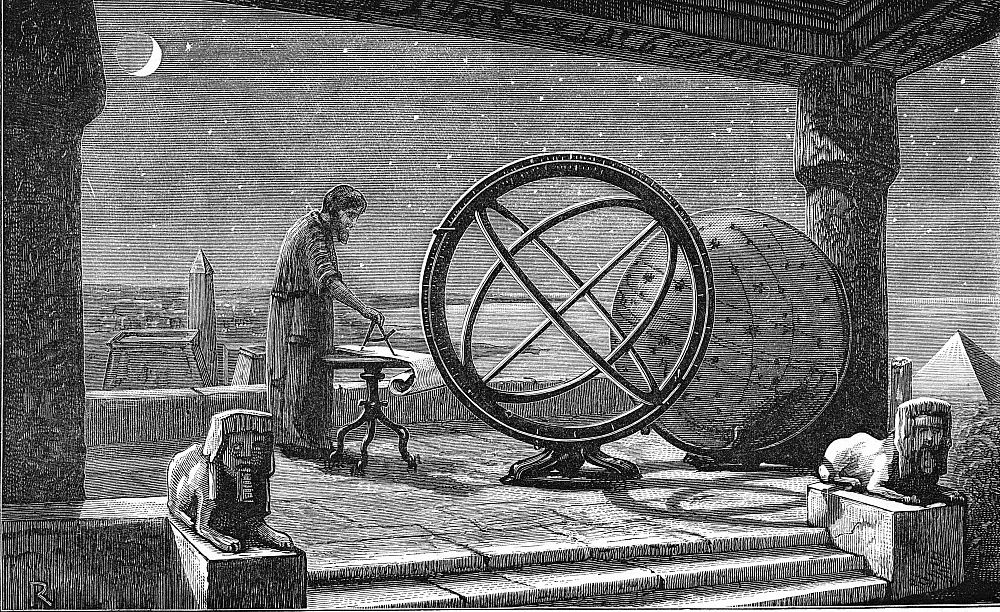
Ancient Egyptian astronomy emerged more than six thousand years ago out of the need to calculate the periods of rise and fall of water in the Nile River, on which the life of the country of Ta-Kemet depended. The beginning of the flooding coincided with the first appearance of the bright star Sothis (Sirius, α of the Canis Major) in the east in the rays of the rising Sun, which was easily observed with the naked eye. Both events almost coincided with the summer solstice and became the first day of the Egyptian year.
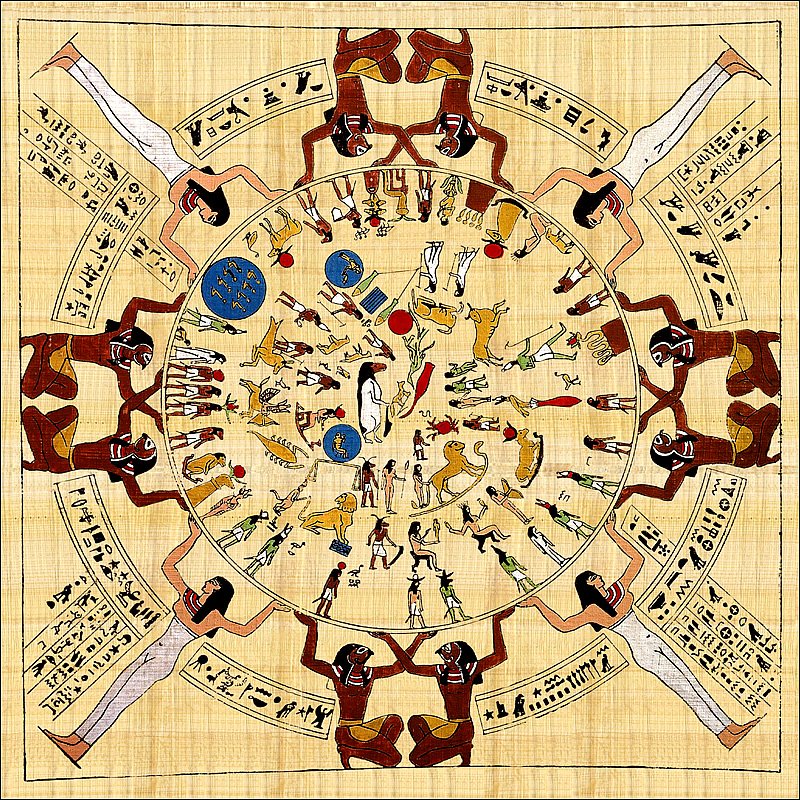
Ancient Egyptian astronomical priests divided the sky into 23 constellations. Their cosmological ideas were not complicated and did not depart far from the ideas of primitive people: a flat Earth under a domed sky. However, as a result of many years of observations, the Egyptians created a fairly accurate solar calendar, in which the year had 365 days and was divided into three seasons of four months each. A month consisted of three 10-day weeks, and the last five days of the year were declared holidays. Around 238 B.C., adjustments were made to this calendar. To determine the time, there were solar (including portable) and water clocks. Astronomical knowledge was used in the construction of residential and commercial buildings, temples, and pyramids.
As early as 3000 years BC, ancient Babylon began careful observations of eclipses, sunrises and sunsets, and the movement of the Moon and planets across the sky. Babylonian priests made a number of important discoveries:
- They determined the sidereal (relative to the “fixed” stars) periods of rotation of the planets.
- They introduced the concept of the zodiac and discovered precession, a gradual shift in the points of the equinoxes and solstices.
- They refined the calendar and determined the length of the solar year at 365.25 days (1792 BC).
- They learned to predict eclipses and discovered the saros, an almost exact repetition of the relative position of the Sun, Earth, and Moon every 18 years and 10 days.
In 700-650 B.C., Babylonian astronomers created the world’s first textbook, the Mul Apin (Star Plow). Many of their achievements formed the basis of Arabic science.
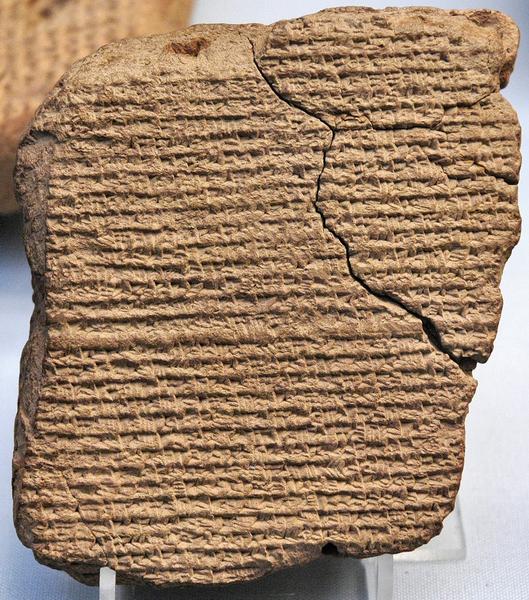
In China, unlike other ancient states, astronomers did not perform religious functions – they were high-ranking government officials whose duties included conducting regular astronomical observations with the registration and interpretation of celestial phenomena. Then they reported them to the emperor (the Son of Heaven) and the people, compiled and refined calendars, performed geodetic work, etc.
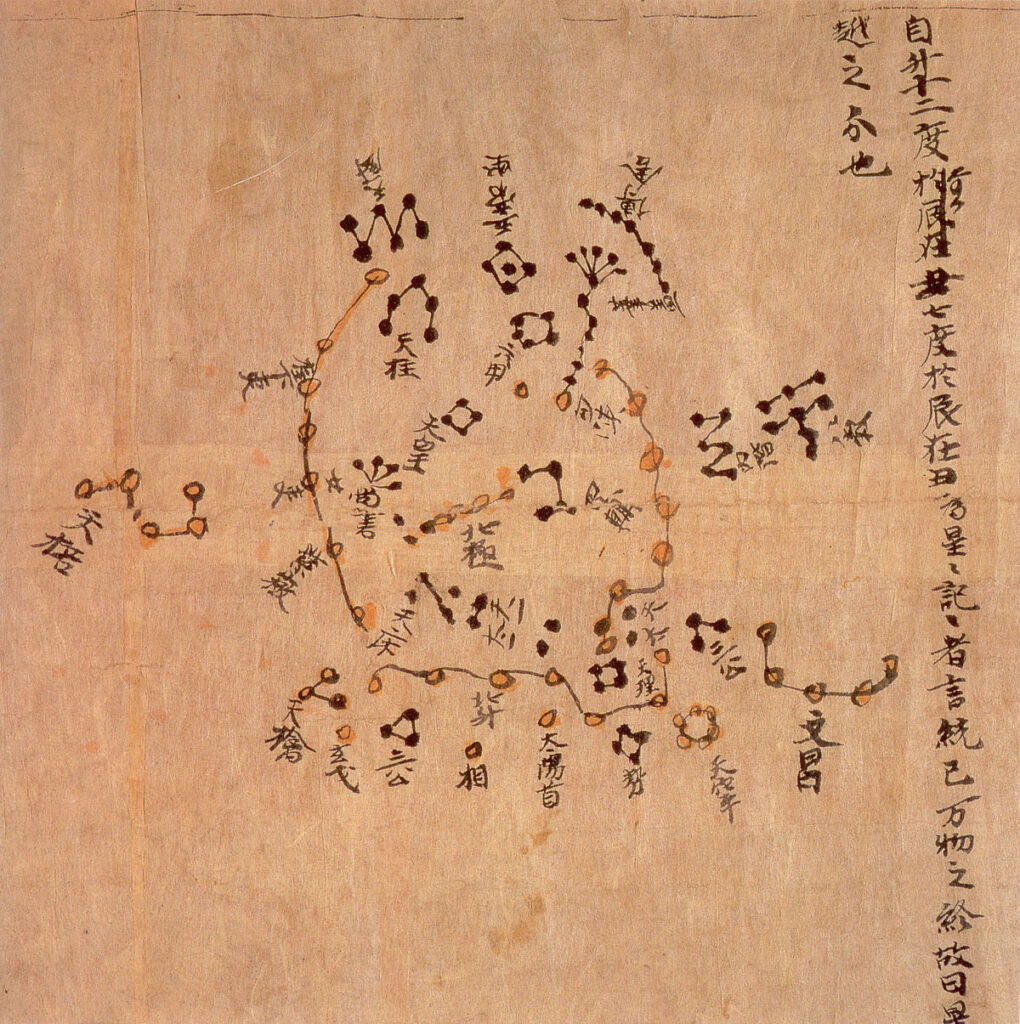
Part of a star atlas made in China in the early eighth century during the reign of Emperor Zhongzong of the Tang Dynasty, showing the northern polar region of the celestial sphere. The entire set of maps showed the positions of 1300 stars
The development of ancient Chinese astronomy is characterized by deep originality, centuries-old traditions, and continuity. Chinese scientists discovered a number of the above phenomena and were ahead of other ancient civilizations in many outstanding discoveries: today, there are about a hundred thousand astronomical texts dating back to 2500 BC. Chronicles preserved the names of many Chinese astronomers.
The first state calendars in China were introduced around 2690 BC. First, a 76-year lunar-solar calendar appeared, with 48 “simple” years of 12 months and 28 “leap years” of 13 months, lasting 29 and 30 days. Then it was simplified to a 19-year calendar (12 “simple” and 7 “leap” years) and brought into line with the sidereal periods of Jupiter and Saturn.
The first large specialized observatory was built by Wu-Wang in the twelfth century B.C. The theory of solar and lunar eclipses was developed more than 2000 years before Christ. Chinese astronomers independently invented and successfully used angular instruments, compasses, sundials and water clocks, various mechanisms and devices. In the fourth century B.C., the Chinese compiled the world’s first star catalog, which contained information about 800 stars that were part of 124 constellations (later the number of constellations increased to 283), 320 of stars had their own names.
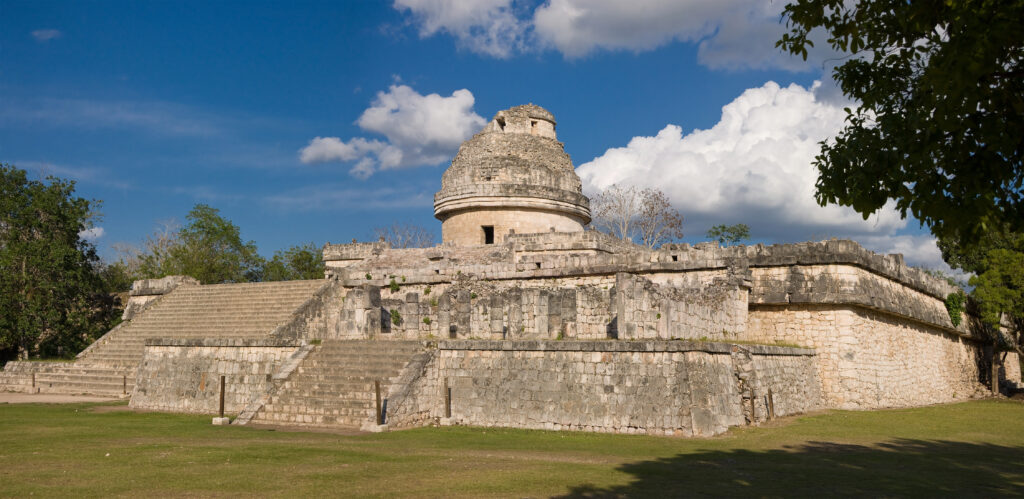
Yi Xing managed to discover the proper motion of stars in the seventh century AD, without the use of a telescope (recall that European astronomers became aware of this phenomenon almost a thousand years later). In the thirteenth century, China made the first measurement of the meridian arc, and thus determined the diameter of the Earth. Back in the first half of the first millennium BC, Chinese astronomers discovered sunspots and solar prominences, and determined the synodic and sidereal periods of planetary rotation with high accuracy.
The times of antiquity
The achievements of the ancient world include the development of the theory of solar and lunar eclipses and the discovery of saros. Ancient Greek astronomers guessed the spherical shape of the Earth based on observations of the shape of the Earth’s shadow when the Moon passed through it.
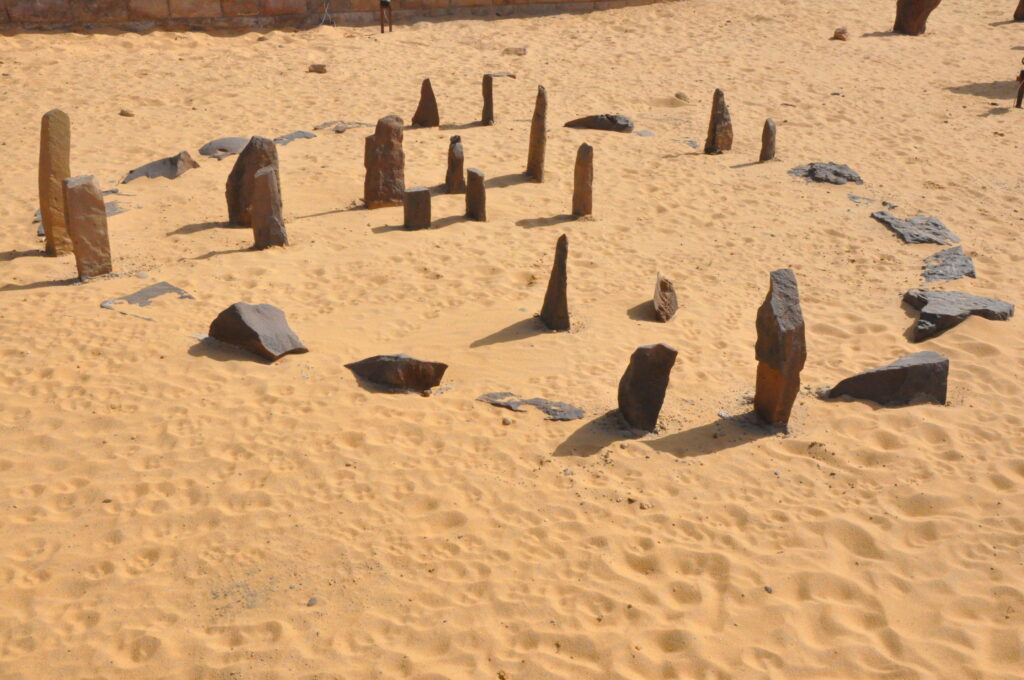
In the fifth century BC, Meton of Athens found that 235 cycles of lunar phases (6940 days) correspond to 19 solar years. We now call this period the Metonic cycle. Democritus believed that matter consists of the smallest indivisible particles — atoms and the empty space in which they move. He explained the differences between physical bodies by the different shapes, sizes, and numbers of atoms in their composition. The universe, according to him, was eternal and infinite in space, and the Milky Way was supposed to consist of many stars unrecognizable to the eye, each of which was a distant sun. The Moon, according to Democritus, was similar to the Earth, with mountains, seas, and valleys.
Aristotle, recognizing the sphericity of the Earth and celestial bodies, was a supporter of his own geocentric system of the world. Based on astronomical observations, Eratosthenes calculated the size of our planet, determining the length of the Earth’s equator to be 45,000 km (in terms of modern units). Aristarchus of Samos, 1700 years before Copernicus, concluded that the Earth revolved around the Sun, but he believed that it, along with the “fixed” stars, did not change its position in space. Accepting the hypothesis of the daily rotation of the Earth, knowing its diameter and considering the Moon to be three times smaller than it, Aristarchus calculated from his own observations that the Sun, the closest of the stars, is 20 times farther away than the Moon (in fact, 400 times).
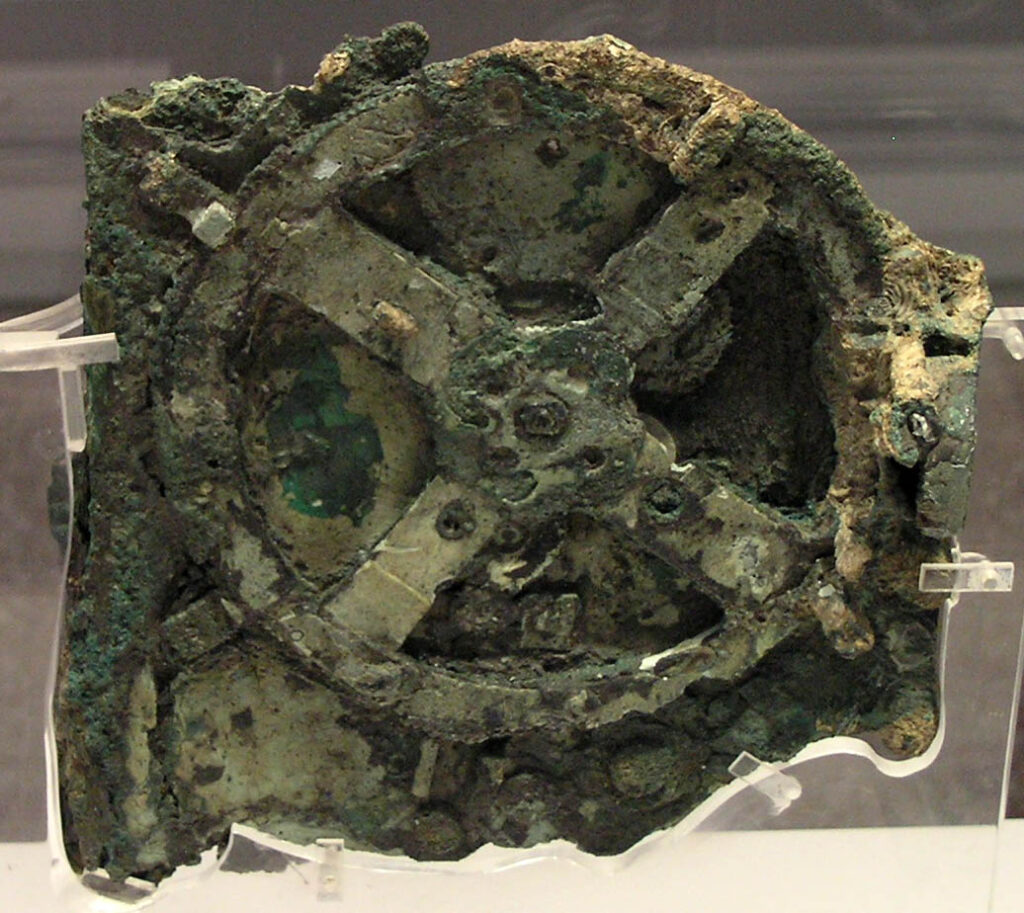
Hipparchus of Nicaea introduced a grid of coordinates from meridians and parallels, which made it possible to determine the geographical coordinates of the area, compiled a star catalog containing information about 850 luminaries distributed in 48 constellations, and proposed to divide the stars by brilliance into six stellar magnitudes. This astronomer also independently discovered precession, studied the movement of the Moon and planets, re-measured the distance to the Moon and the Sun, and developed one of the world’s geocentric systems.
Ptolemy tried to create a theory of the motion of the Sun, Moon, and planets, and developed the most detailed and popular of the world’s geocentric systems, which determined the cosmological ideas of scientists for 1500 years. His 13-book work Almagest became the scientific encyclopedia of the Middle Ages.
After we have already learned about the achievements of ancient astronomers, the question arises: how did it all become possible? What tools did scientists use in those days? The answer can be found in the Almagest, which describes the instruments used by Ptolemy and his contemporaries.
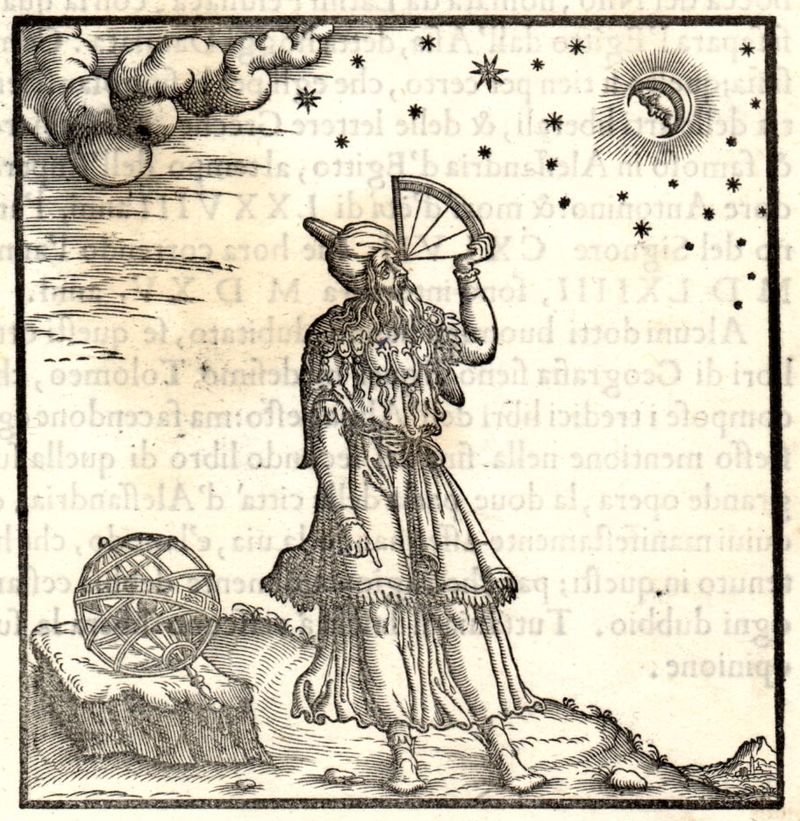
Observations of that time were limited to measuring the positions of the luminaries on the celestial sphere and the angular distances between them. The main instruments were the “meridian circle”, which measured the inclination of the ecliptic to the equator and the position of the Sun, the “quadrant” and “triquetrum” to determine the height of the luminaries above the horizon, and the “armillary sphere” to determine the ecliptic coordinates of the luminaries. Heron of Alexandria mentions another astronomical instrument, the diopter. Ancient scientists were the first to use statistical methods, making many observations and calculating the average value. This allowed them to achieve an accuracy higher than the resolution of the naked eye.
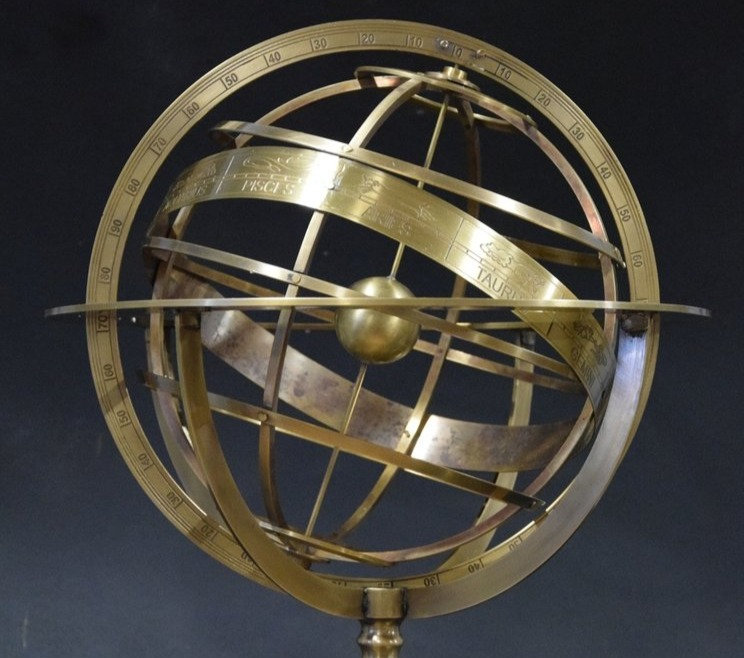
The astrolabe gradually became widespread. In the Middle Ages, it became the main tool of astronomers. Its mathematical basis was stereographic projection, which was a mechanical analog of a moving map of the starry sky. In his work “On the Planisphere,” Ptolemy described this projection and noted that it was the basis of a “horoscopic instrument” that was very similar to the astrolabe.
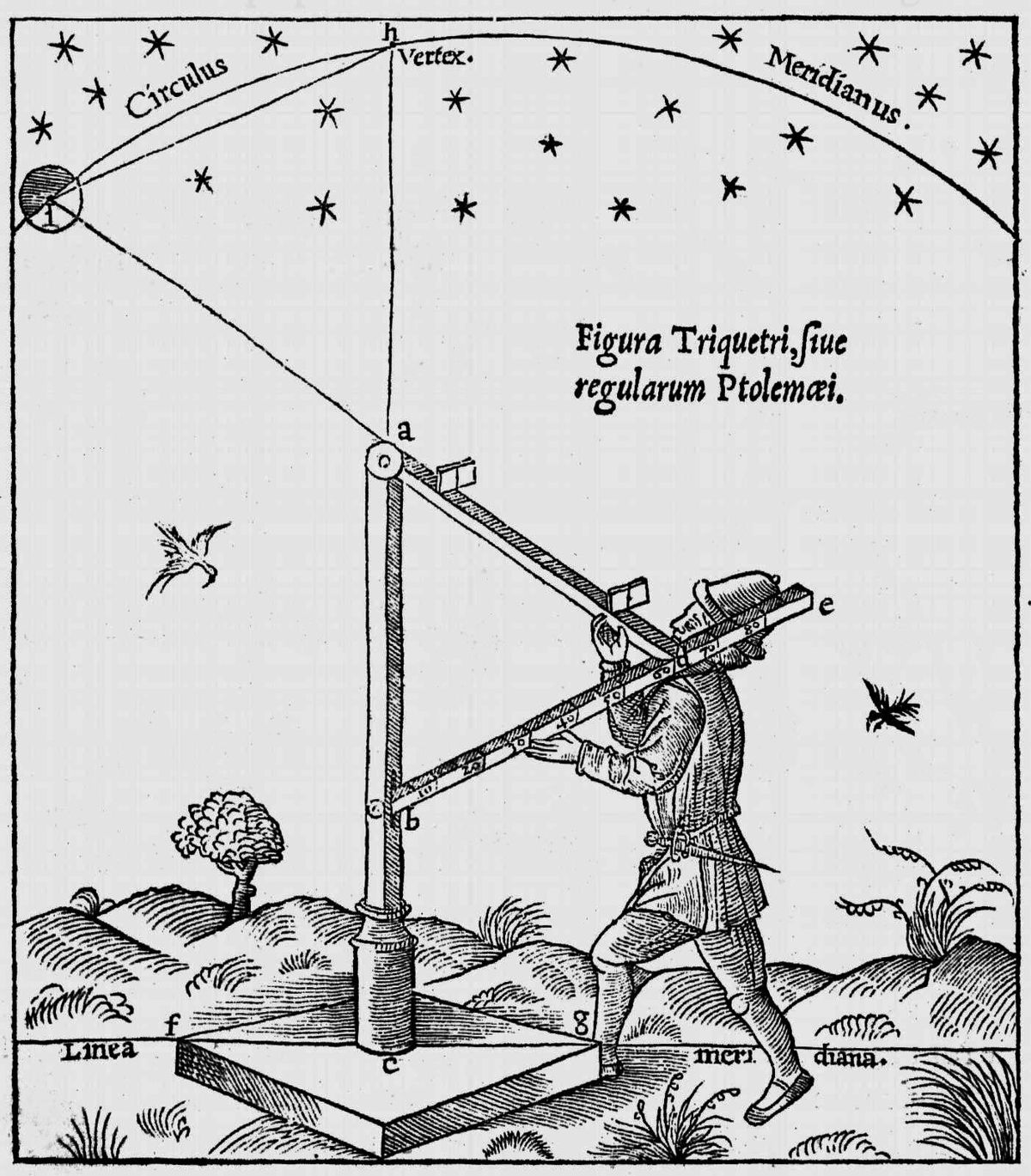
At the end of the fourth century AD, a treatise on astrolabe was written by Theon of Alexandria. According to Synesius, Theon’s daughter, Hypatia, took part in the manufacture of these instruments. In particular, she is credited with the invention of the flat astrolabe.
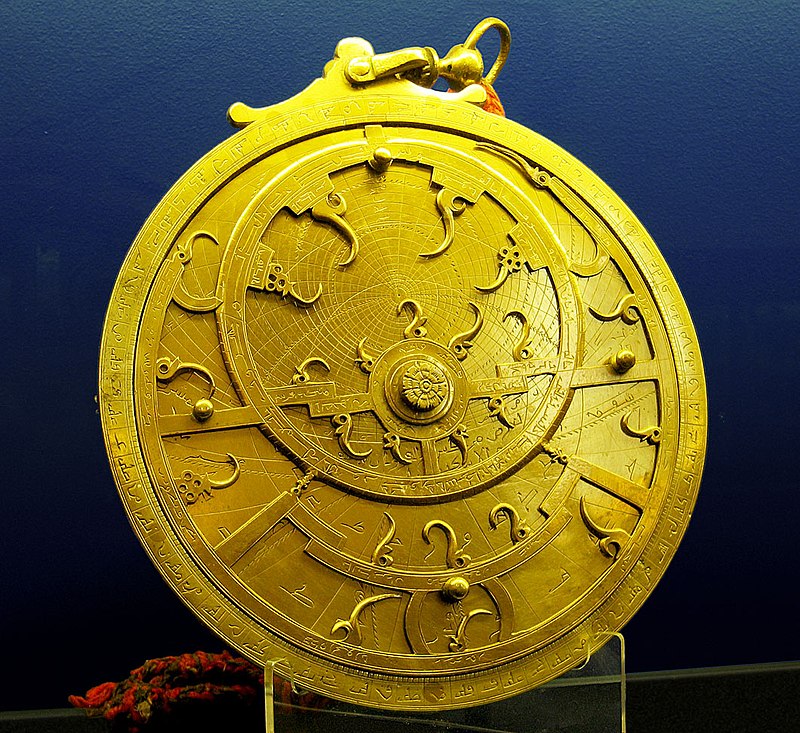
The accuracy of the observations largely depended on the quality of the instrument and the astronomer’s skills. With regard to the former, given the high level of science and technology in the ancient era (recall the famous Antikythera mechanism), we can say with certainty that astronomical instruments were of very high quality. The ancient Greeks already knew about lenses, but unfortunately, they did not invent a telescope.
The heyday of Arabic science
The Middle Ages (from the beginning of the seventh to the eleventh century) were a period of decline in natural science knowledge, including astronomy, due to the death of the Greco-Roman center of science and culture and the spread of monotheistic religions, such as Christianity and Islam. Europe was dominated by the primitive biblical picture of the world, which in the eleventh and twelfth centuries was replaced by the extremely dogmatic teachings of Aristotle and Ptolemy.
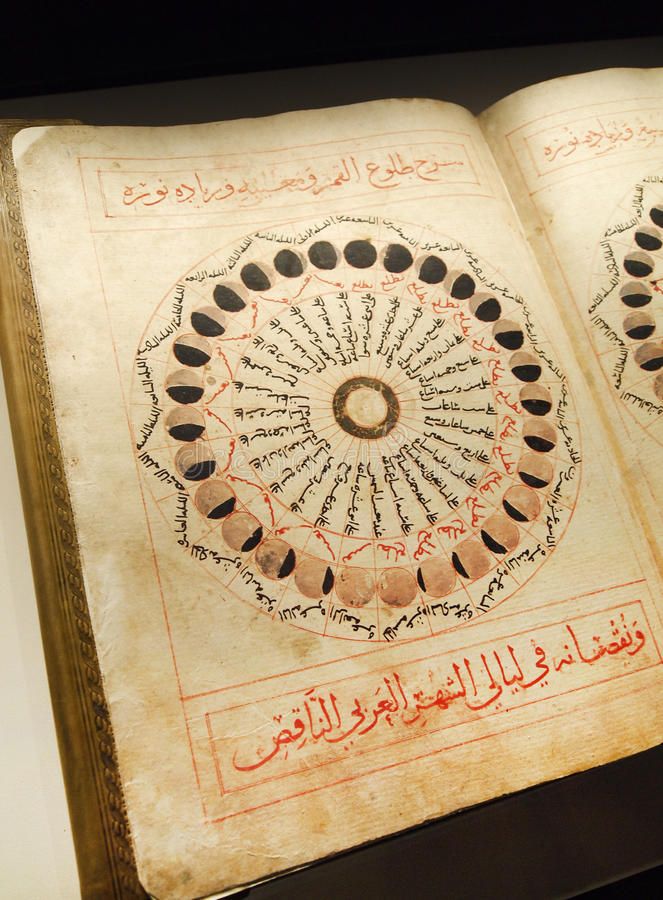
In the VII-XIV centuries, the cities of the Arab East became the centers of science. Arab scholars translated Ptolemy’s Almagest, the works of Aristotle and other ancient Greek scholars, Indian astronomical works, and clarified the value of precession, the angle between the ecliptic and the celestial equator.
The Arabs basically used the same astronomical instruments as the Greeks, but improved them significantly. Thanks to them, the astrolabe became the main instrument of the pre-telescopic era. It turned into a kind of analog computer that could be used to calculate the time by the stars and the Sun, the moments of their rising and setting, and to predict some celestial phenomena.
The equatorium, a visual model of the Ptolemaic theory that visualized the movement of celestial bodies, was used to approximately calculate the coordinates of the planets.
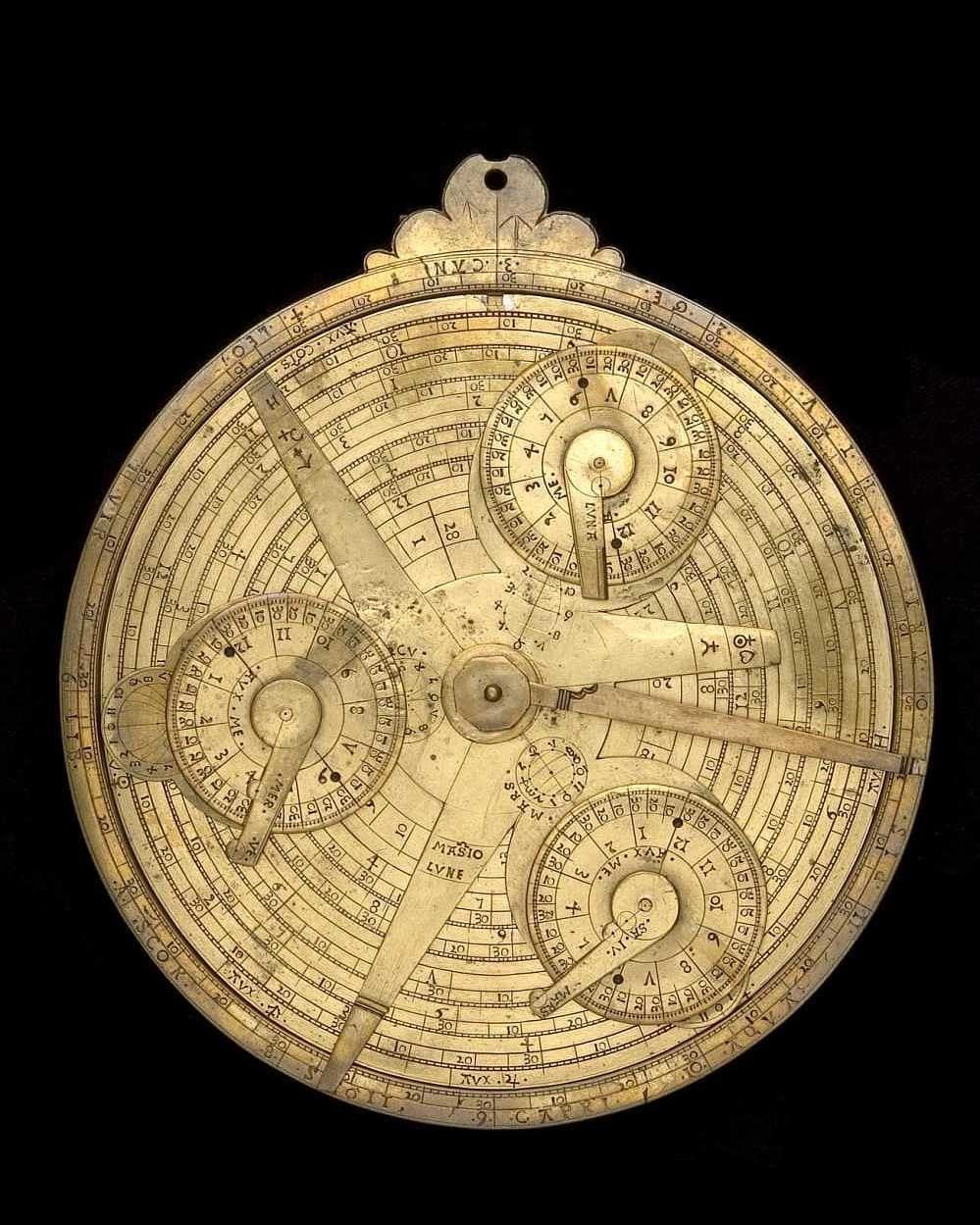
The most important task set by Muslim astronomers was to clarify the basic astronomical parameters: the inclination of the ecliptic to the equator, the rate of precession, the length of the year and month, and the parameters of planetary theories. The result was a very accurate system of astronomical constants for its time.
Several important discoveries were made. One of them was made by astronomers who worked under the patronage of Caliph al-Mamun in the ninth century. The measurement of the inclination of the ecliptic to the equator gave a result of 23°33′. Since Ptolemy had given a value of 23°51′, it was concluded that this angle had changed over time.
Arab astronomers made many discoveries because they had very long series of observations made by their predecessors. One of them is the change in the longitude of the Sun’s apogee (which is actually the apogee of the Earth’s orbit). According to Ptolemy, this parameter does not change over time, meaning that the solar orbit is fixed relative to the equinoxes. But as early as the ninth century, there were suspicions that it did not remain constant. As we now know, this is true — the Earth’s orbit slowly rotates in the coordinate system associated with the “fixed” stars.
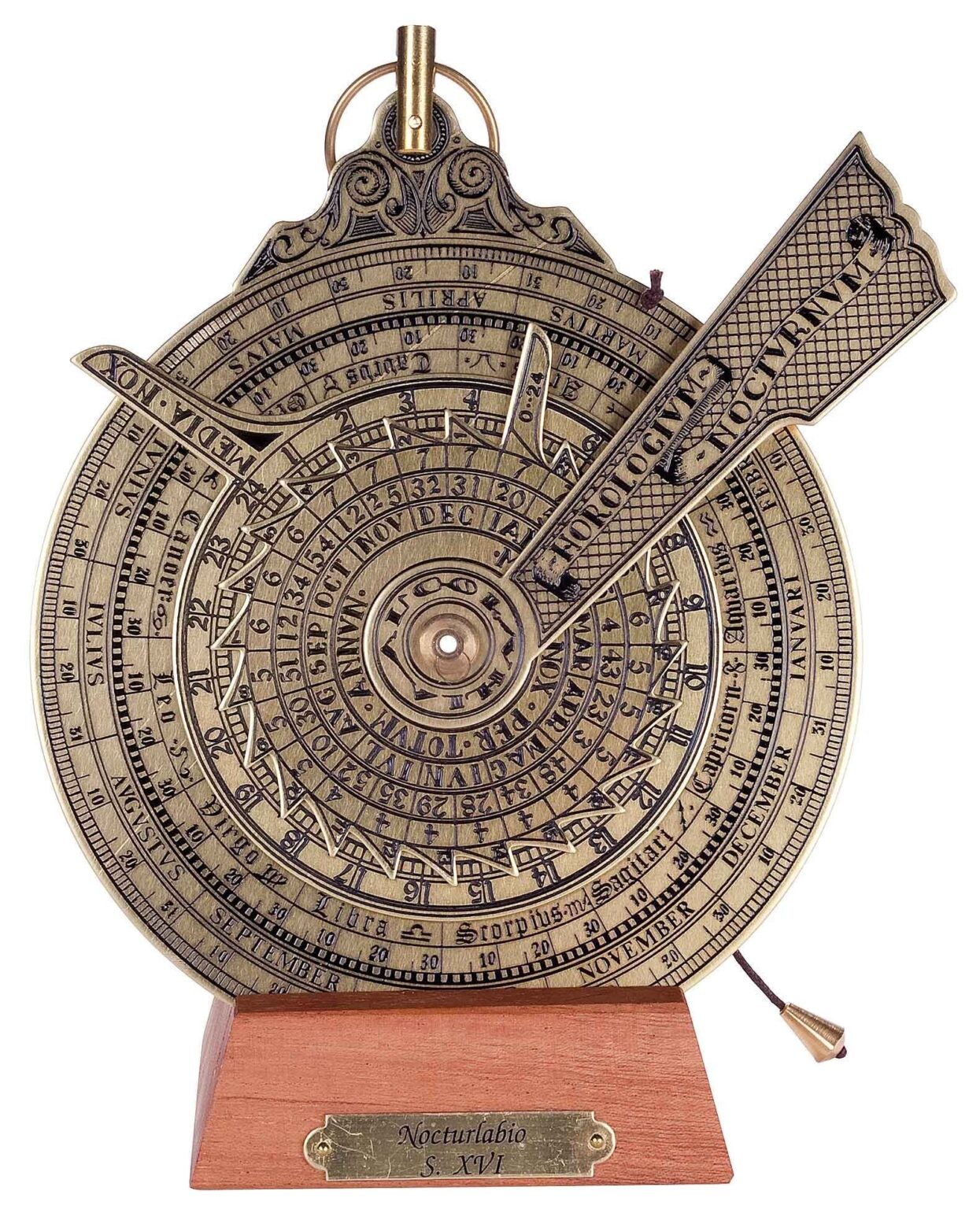
Al-Biruni from Khorezm (973-1048) conducted many years of observations of celestial objects and independently, using an original method, determined the size of the Earth. He also guessed about its rotation around the Sun. Omar Khayyam, better known as a poet, compiled astronomical tables and developed calendars. The Persian solar calendar he created in 1079 was much more accurate than the Gregorian calendar and was used in Iran and other countries until the mid-nineteenth century. Nasreddin Tusi (1201-1277) founded an observatory with a large library in Marazi, and in collaboration with scientists from India and China, he compiled the Ilkhan Tables of the movements of the Moon, Sun, and planets.
An important activity of astronomers in the Islamic world was the compilation of star catalogs, the most famous of which was included in Abul-Rahman al-Sufi’s Book of Constellations of Fixed Stars. Among other things, this work contained the first description of the Andromeda Nebula.
In some cases, the Arabs made astronomical observations that had no analogues among the Greeks. For example, the prominent Syrian astronomer Ibn al-Shatir determined the angular diameter of the Sun’s disk using a camera obscura. It was concluded that its size varies within a much wider range than according to Ptolemy’s theory.
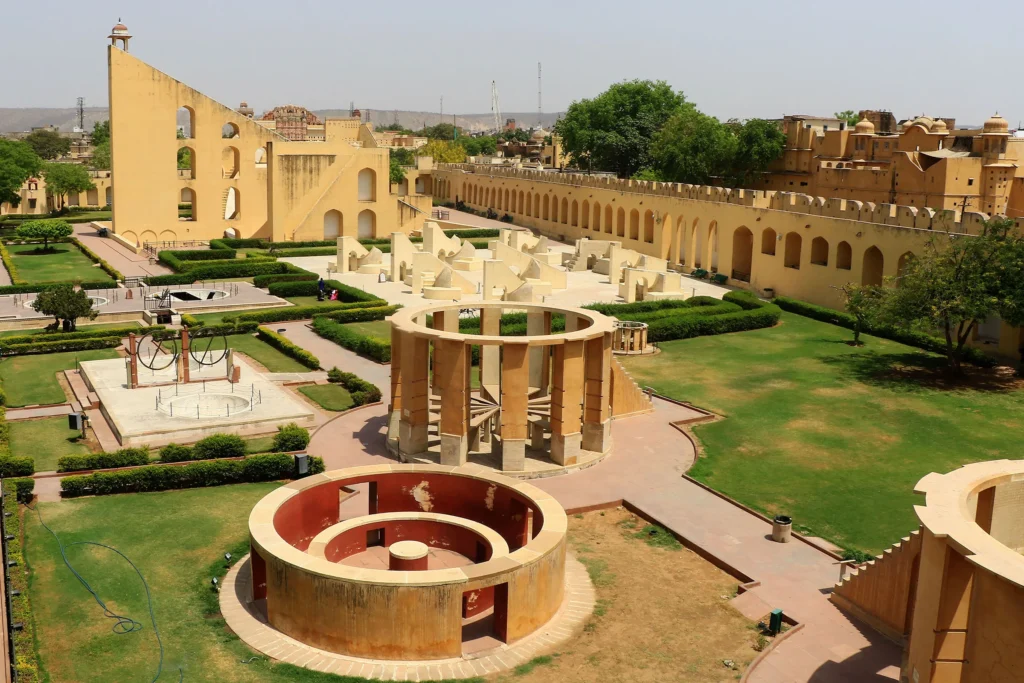
Mohamed Taragai Ulugbek (1394-1449), grandson and heir of the great conqueror Timur, built the largest astronomical observatory in the 15th century with the main instrument — a giant quadrant with a radius of 40.2 m with an accuracy of 10 seconds of arc, which was used to determine the length of the year and the angle of inclination of the ecliptic very accurately. Ulugbek’s main work is considered to be Zij Guragani (“New Tables”), a catalog containing information about 1018 stars, various chronological systems, the basics of spherical and practical astronomy, the theory of eclipses, planetary motion, etc. This book became the astronomical encyclopedia of the fifteenth century and was reprinted several times in other countries.
* * *
Arab science helped to preserve much of the knowledge that had been almost forgotten in the Middle Ages and prepared European astronomy for a real revolution that began even before the invention of the telescope. In 1543, Nicolaus Copernicus, in his work On the Revolutions of the Celestial Spheres, outlined the heliocentric theory that described all the main features of the visible daily rotation of the celestial sphere and the motion of the planets. For the first time, the change of seasons was explained. Copernicus’ theory revealed the most important principle of the structure of the universe — mobility. In 1577, Tycho Brahe and his assistants measured the parallax of a comet and found that it was farther away from the Earth than the Moon, and therefore could not be an atmospheric phenomenon (as had been thought before). The European Renaissance gradually shifted the focus of culture and art from God to Man, and at the same time, the center of the universe was changing in science — it “moved” from the Earth, which was now considered an ordinary planet, to the Sun, which would soon take its place among other similar luminaries. The “sphere of fixed stars” was replaced by an endless and constantly changing universe.

